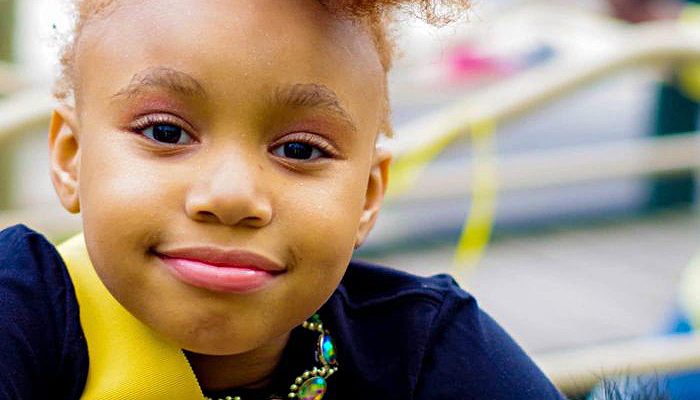Опасности свинца
Отравление свинцом опасно и может привести к длительным последствиям для здоровья младенцев и детей. Очень важно предотвращать воздействие свинца на детей.
Свинец — опасное химическое вещество, которое использовалось в красках для внутренних помещений до 1978 года. Если ваш дом был построен до 1978 года, возможно, в вашем доме есть свинцовая краска. Свинцовая краска опасна, когда она начинает скалываться или когда пыль от краски попадает в воздух.
Риск для детей
Дети младше 6 лет особенно подвержены отравлению свинцом. Их растущий организм поглощает больше свинца, чем взрослые, а мозг и нервная система более чувствительны к вредному воздействию свинца.
Большинство детей, страдающих отравлением свинцом, заражаются свинцовой пылью в домах, построенных до 1978 года. Когда старая краска трескается и отслаивается, образуется свинцовая пыль. Свинцовая пыль от сколов краски может оседать на земле и других поверхностях и попадать на руки детей.
Городские власти Филадельфии рекомендуют всем детям в возрасте до 6 лет сдавать анализы на содержание свинца в возрасте 1 года и снова в возрасте 2 лет.
Вы не можете определить, повышен ли уровень свинца у вашего ребенка по его поведению. Единственный способ узнать это — сдать анализы.
Даже небольшое количество свинца может серьезно повлиять на умственное и физическое развитие ребенка, а некоторые последствия отравления свинцом могут быть постоянными. При очень высоких концентрациях свинца воздействие свинца может привести к летальному исходу.
Воздействие свинца может вызвать:
- Проблемы с речью и языком.
- Задержки развития.
- Снижение роста костей и мышц.
- Плохая мышечная координация.
- Повреждение нервной системы, почек и/или слуха.
- Судороги и потеря сознания (в случаях чрезвычайно высокого уровня свинца).
Если у ребенка повышенный уровень свинца
Если уровень свинца у вашего ребенка составляет 3,5 мкг/дл (микрограмм на децилитр) или выше, участник программы «Свинцовый и здоровый дом» свяжется с вами, чтобы назначить визит на дом. Они определят источник свинца и то, что вы можете сделать, чтобы ваша семья была в безопасности. Эта услуга бесплатна.
Если вы являетесь домовладельцем и не можете позволить себе необходимый ремонт, городские власти могут помочь вам сделать его бесплатно. Если вы арендуете жилье, городские власти вместе с вашим арендодателем сделают его безопасным для вашей семьи.
Риск беременности
Свинец может передаваться от беременной женщины к нерожденному ребенку. Если в вашем организме слишком много свинца, он может:
- подвергнуть вас риску выкидыша.
- Сделайте так, чтобы ваш ребенок родился слишком рано или слишком маленьким.
- Повредите мозгу, почкам и нервной системе ребенка.
- Вызовите у ребенка проблемы с обучением или поведением.
Если вы беременны, вам следует:
- Избегайте любых домашних ремонтных работ, которые могут привести к попаданию свинцовой краски.
- Избегайте работы в среде, где вы можете подвергаться воздействию свинцовой пыли.
Риск для взрослых
Хотя воздействие свинца гораздо опаснее для детей, оно вредно и для взрослых.
У взрослых свинец может нанести серьезный вред здоровью при уровне 40 мкг/дл (микрограмм на децилитр) или выше.
Работающий со свинцом
Воздействие свинца на взрослых обычно происходит, когда кто-то работает в среде, где он подвергается воздействию свинца.
Люди также могут подвергаться воздействию свинца при использовании продуктов, загрязненных свинцом.
Если кто-то из членов вашей семьи работает со свинцовой пылью, попросите его переодеться по возвращении домой. Держите рабочую обувь на улице и стирайте всю рабочую одежду отдельно от остальной части семейного белья.
Если вас беспокоит воздействие свинца, проконсультируйтесь с врачом.
